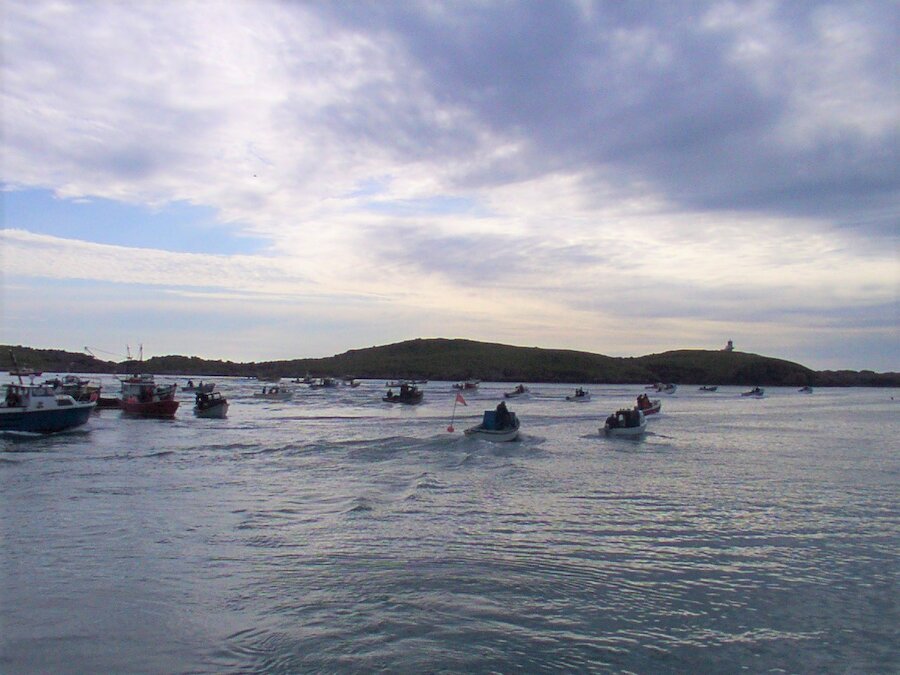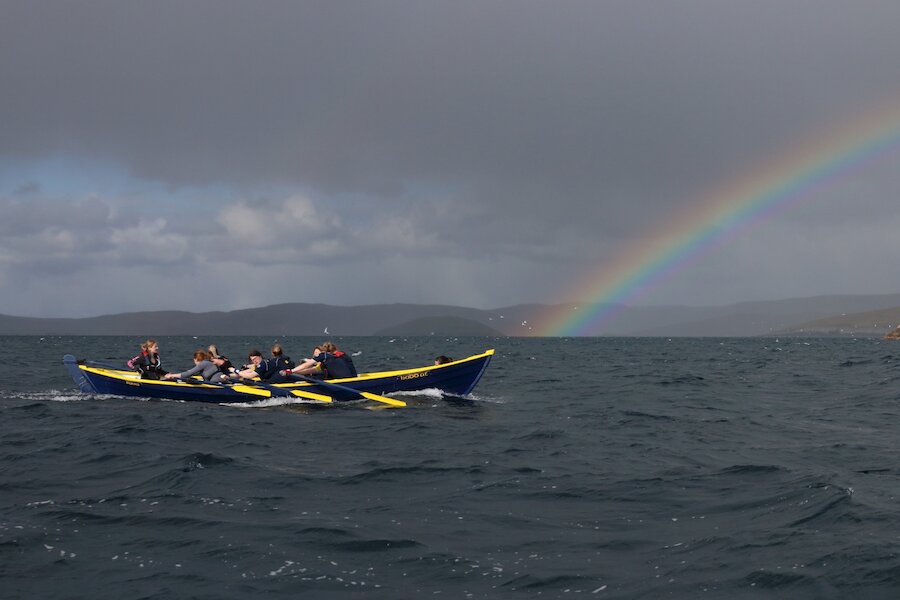This is the time of year that, when we are not under lockdown, Shetlanders would be starting to think about a night at the eela. The word eela, like much of our language, has its roots in the Old Norse and is a dialect term that means to go fishing by rod or handline, mainly for piltocks, from a small boat. (And before anyone asks, a piltock is the Shetland name for a coalfish that is between two and four years old.)
The nights, as we move into June, are getting lighter in the approach to midsummer and those halcyon days that come with it. These are days of activity and of enjoying outdoor pursuits: come home from work, grab a bite to eat and head back out the door; making the most of every ounce of vitamin D that the sun can throw at us. These are (usually) busy days, spent outdoors, and at the end of them, with the sun setting low on the western horizon, weary limbs are lifted into bed, and the sense of motion from being on the water rocks us to sleep.



